Filippo Berta. ONE BY ONE
1 April 2021
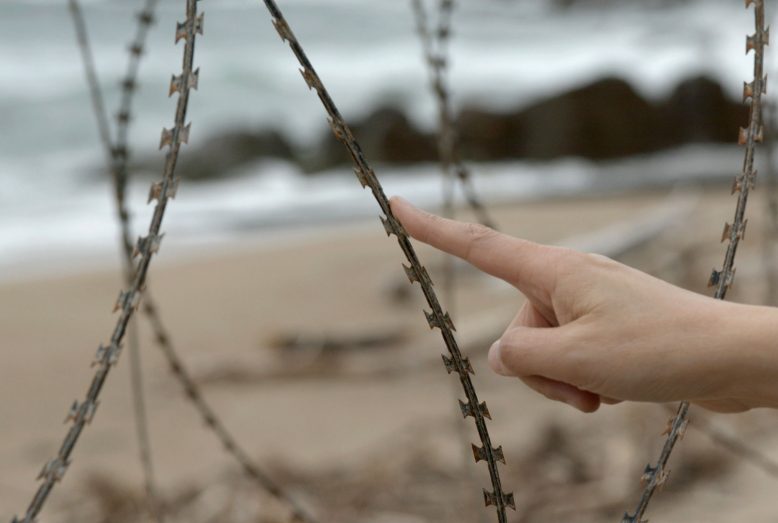 Filippo Berta, One by One, 2021, 4K Video 2160p, Video-Still, Border between North Korea and South Korea
Filippo Berta, One by One, 2021, 4K Video 2160p, Video-Still, Border between North Korea and South Korea
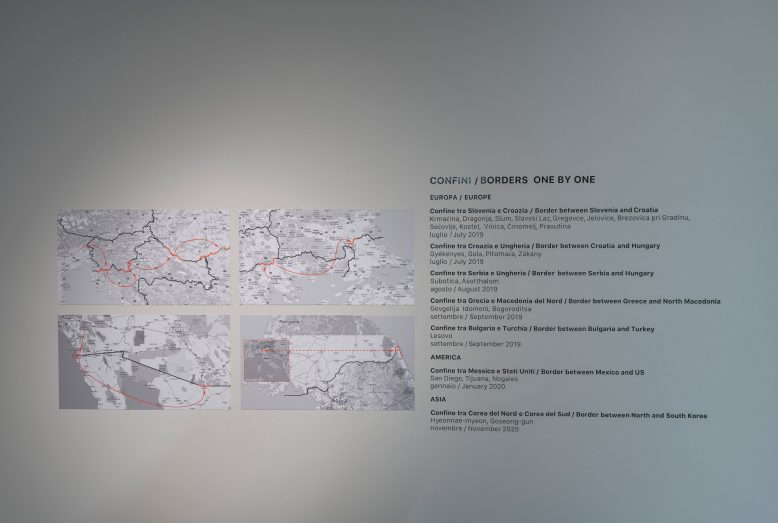 Filippo Berta. ONE BY ONE. Installation view, Nomas Foundation, Rome. Ph. Giorgio Benni
Filippo Berta. ONE BY ONE. Installation view, Nomas Foundation, Rome. Ph. Giorgio Benni
 Filippo Berta. ONE BY ONE. Installation view, Nomas Foundation, Rome. Ph. Giorgio Benni
Filippo Berta. ONE BY ONE. Installation view, Nomas Foundation, Rome. Ph. Giorgio Benni
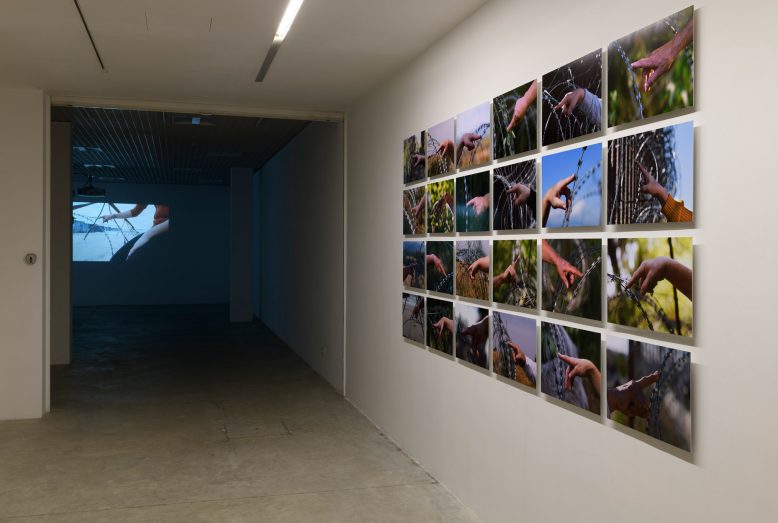 Filippo Berta. ONE BY ONE. Installation view, Nomas Foundation, Rome. Ph. Giorgio Benni
Filippo Berta. ONE BY ONE. Installation view, Nomas Foundation, Rome. Ph. Giorgio Benni
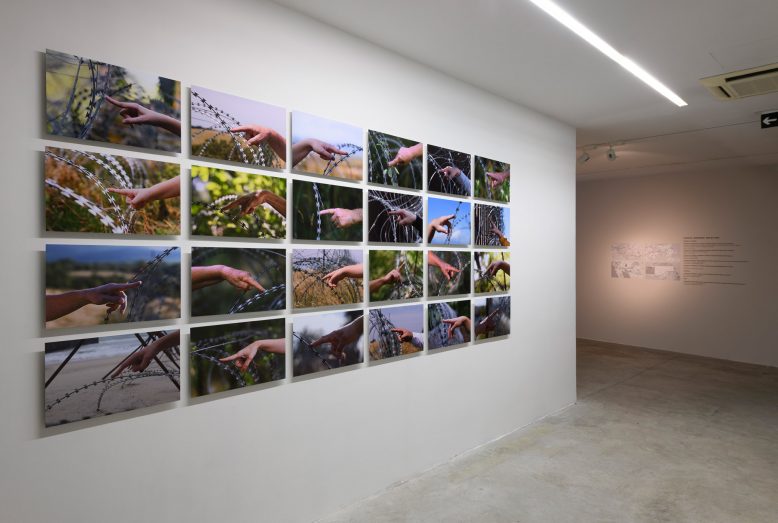 Filippo Berta. ONE BY ONE. Installation view, Nomas Foundation, Rome. Ph. Giorgio Benni
Filippo Berta. ONE BY ONE. Installation view, Nomas Foundation, Rome. Ph. Giorgio Benni
 Filippo Berta. ONE BY ONE. Installation view, Nomas Foundation, Rome. Ph. Giorgio Benni
Filippo Berta. ONE BY ONE. Installation view, Nomas Foundation, Rome. Ph. Giorgio Benni
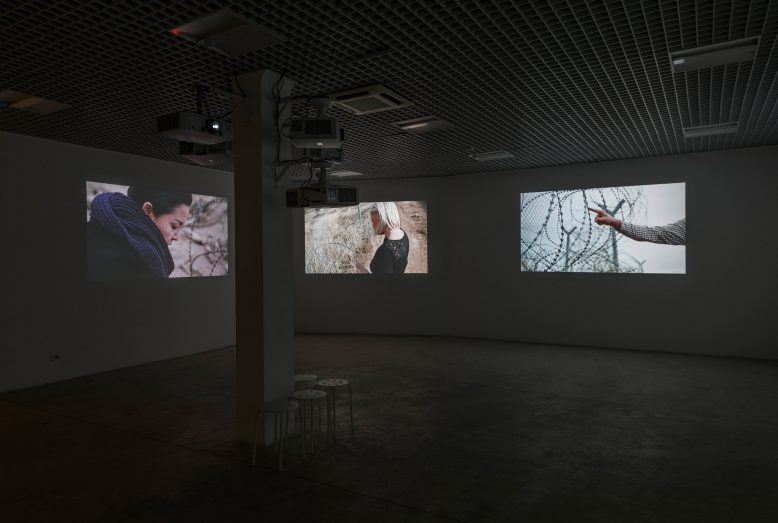 Filippo Berta. ONE BY ONE. Installation view, Nomas Foundation, Rome. Ph. Giorgio Benni
Filippo Berta. ONE BY ONE. Installation view, Nomas Foundation, Rome. Ph. Giorgio Benni
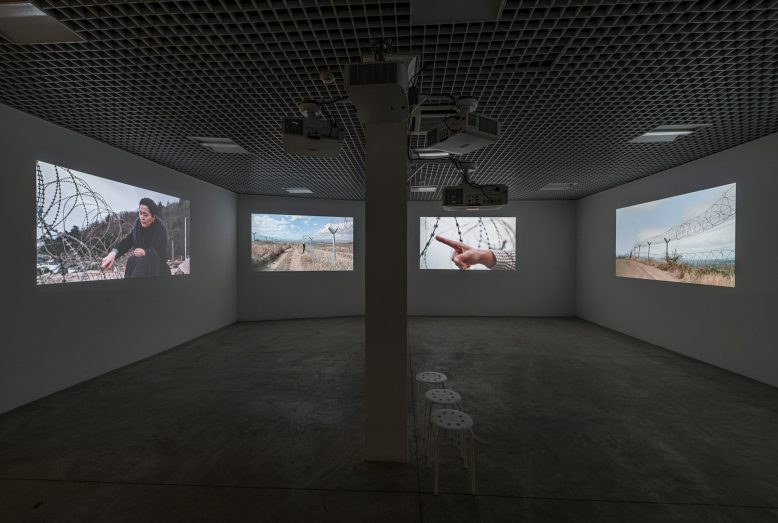 Filippo Berta. ONE BY ONE. Installation view, Nomas Foundation, Rome. Ph. Giorgio Benni
Filippo Berta. ONE BY ONE. Installation view, Nomas Foundation, Rome. Ph. Giorgio Benni
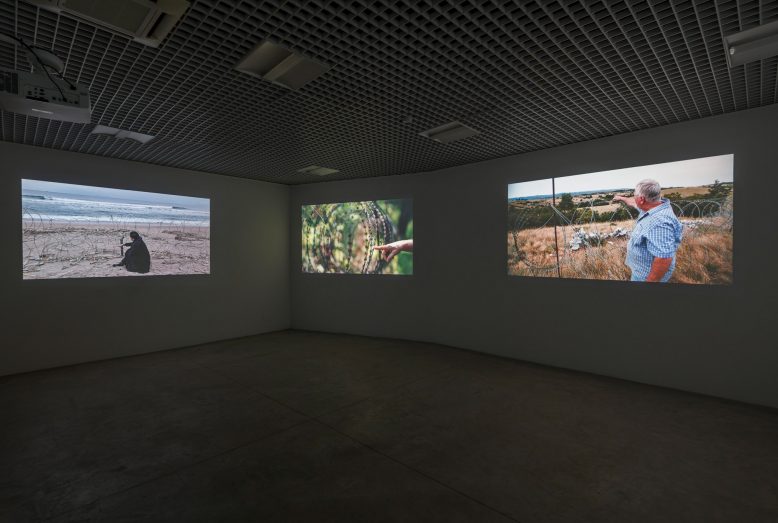 Filippo Berta. ONE BY ONE. Installation view, Nomas Foundation, Rome. Ph. Giorgio Benni
Filippo Berta. ONE BY ONE. Installation view, Nomas Foundation, Rome. Ph. Giorgio Benni
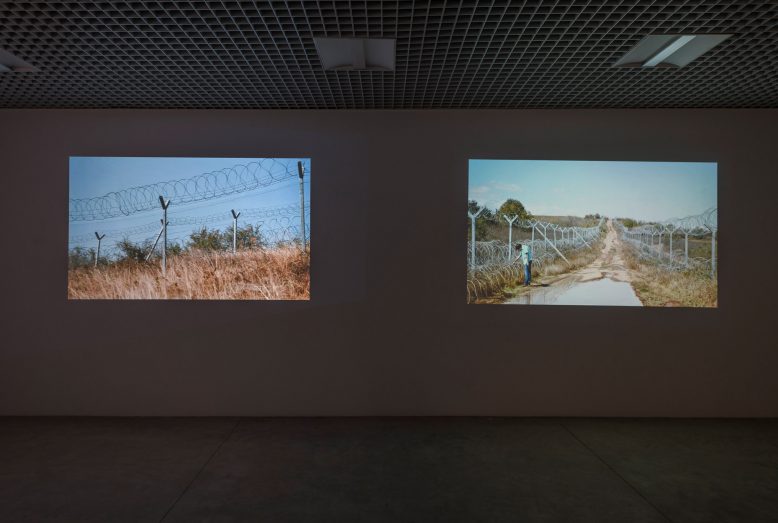 Filippo Berta. ONE BY ONE. Installation view, Nomas Foundation, Rome. Ph. Giorgio Benni
Filippo Berta. ONE BY ONE. Installation view, Nomas Foundation, Rome. Ph. Giorgio Benni
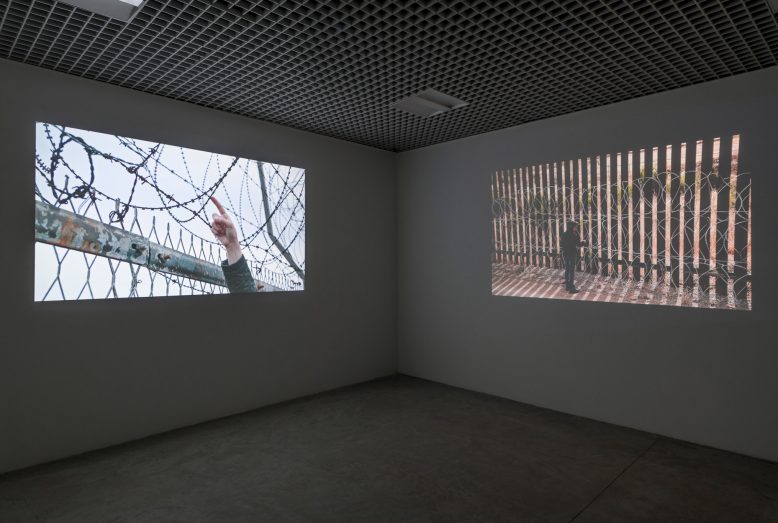 Filippo Berta. ONE BY ONE. Installation view, Nomas Foundation, Rome. Ph. Giorgio Benni
Filippo Berta. ONE BY ONE. Installation view, Nomas Foundation, Rome. Ph. Giorgio Benni
Winner of the Italian Council (V edition, 2019) promoted by the Directorate-General for Contemporary Creativity of the Ministry of Culture
Curated by Giorgia Calò and Francesca Ceccherini
Opening: 13 May 2021, 10am - 8pm
13 May – 29 October 2021 extended until 17 December 2021
Nomas Foundation, viale Somalia 33, Rome
On Thursday, 13th of May, Nomas Foundation will inaugurate Filippo Berta’s solo exhibition, ONE by ONE, curated by Giorgia Calò and Francesca Ceccherini. The Project – supported by the Italian Council (5th Edition, 2019) program to promote Italian contemporary art in the world by the Directorate-General for Contemporary Creativity of the Italian Ministry of Culture in partnership with the Research Unit Aesthetics in the Social, DiSSE, Sapienza University of Rome – focuses on the conceptualization of the wall as a 21st century geopolitical figure in its own right, and as a ghost that continues to sporadically manifest itself thirty years after the fall of the Berlin Wall. Our current international reality is defined by over seventy border walls that divide countries, communities and ethnic groups that constitute not only geographical or physical divisions but also cognitive ones that ultimately determine the social relations between human beings. The ONE BY ONE project presents an artistic action that returns to these limits, specifically that of more recently created political and ideological barriers.
Between 2019 and 2020, Filippo Berta travelled across oriental Europe (Hungary, Serbia, Slovenia, Croatia, Turkey, North Macedonia, Greece, Bulgaria) to reach North America (United States and Mexico) and end in Asia (South Korea). During his travels he took video footage and completed participatory actions involving frontier communities, asking them to count the number of barbs making up wired border fences out loud and in their own languages. The gesture of meticulously pointing to every barb on the fence, together with the sound of voices reciting numbers as if in intimate prayer, turn these actions into ritual. In fact, this ritualistic action condemns the search for an impossible result: the inability to imagine an end to the barrier, especially when replicated across eight state borders and hundreds of kilometers of wall. It becomes a utopian chant that is continuously repeated and that expands between time and space, past and future in a way that does not allow us to foresee the end of this phenomenon.
Filippo Berta’s work is presented within Nomas Foundation’s exhibition space by way of a multi-channel video installation. Five projections overlap and blend into each other, presenting the viewer with a reflection on the phenomenology and aesthetics of the boundary. In addition to a visual narrative – in which the images of places, people, and of the distant boundaries between them are tied together by the same point of rupture, the barbed wire – the installation also includes a cacophony of words and sounds. The vibrations of different languages come together to form a choral count and fundamentally act as the narrators of stories and drama. By also reflecting on the value of language and the crucial role it has played since its origins, the work ONE BY ONE suggests a human and geographic “elsewhere” capable of uniting and relating rather than dividing. Within the exhibition space, there is also a series of photographs that capture border and frontline areas. Here, the hands of individuals in the act of touching a thorn become the subjects. These photographs act as summarizing actions that due to their rare proximity to the fenced boundary and the gestures themselves, bring awareness of the deep-rooted and often invisible problem of exercised control over different societies. Finally, Filippo Berta creates a sculpture that is formalized in the symbol of the infinite. The sculpture is constructed with concertina, the industrially produced barbed wire made of extremely sharp trapezoidal barbs that the artist has found as a common factor within each border that he reached during its production.
Faced with the map of the world we inhabit today, with its constant mutations in political, social, and environmental equilibriums, our capacity for critical understanding is trapped. Without realizing who is left on this or that side of the border, the barbed wire becomes the narrative voice of the frontiers, transforming into a dramatic yet common symbol. ONE BY ONE aims to offer an opportunity of reflection on the mechanisms established in the human being’s mind when the everyday experience leads to coexistence within a logic of confinement or exclusion, when the relationship with what is next is interrupted by the, both real and symbolic, presence of controlled borders, walls and barriers.
The project ONE BY ONE has been realized thanks to the cooperation and collaboration of hundreds of people residing in the travelled countries that have believed in and shared the project’s vision. A special thanks goes to the institutions, associations, foundations, collectives, cultural operators, as well as the residents and performers, without which the entire production would not have been possible.
Â
Filippo Berta
Filippo Berta’s artworks and artistic process highlight the social tensions provoked by the relationships between individuals and their relative societies. The, often conflictual and problematic, boundaries that define this dialectic condition are the subjects of interrogation within his works. His attention to these social disharmonies is translated into art pieces characterized by the exaltation of small everyday gestures, presented to demask deformities, tensions, and oppositions. His works are mainly collective performances, synthesized into a single iconographic image as well as in brief but essential videos. Filippo Berta was born in Treviglio in 1977. He is represented by Ida Pisani’s Prometeogallery (Milan – Lucca). In 2015 he won the Foundation MIA of Bergamo Prize; in 2014 the Maretti Prize, La Habana (Cuba) and he was a finalist in the Talent Prize of Rome. In 2008 he was the winner of the International Prize of Performance, Civic Gallery of Trento. He has exhibited at the MADRE Museum of Naples, MSU-Museum of Contemporary Art of Zagreb, Museion of Bozen, MART – Civic Gallery of Trento, Jonkopings Lans Museum, Staedtischegalerie of Bremen, State Museum of Contemporary Art of Thessaloniki, Museum of Pori, Victoria Art Center of Bucharest, Center for Cultural Decontamination, CZKD, Belgrade, Matadero Center for Contemporary Creation in Madrid, MAO – Slovenian museum of Architecture and Design. He has participated at the Biennale of Thessaloniki (2013; 2017), Biennale of Curitiba (2017), Biennale of Prague (20011), and the Biennale of Moscow – Young Art (2012). He has taken part in residencies for artists, including: the Ratti Foundation of Como and the Spinola Banna Foundation of Poirino. He has participated in festivals such as: Sarajevo International Festival (2014, 30th edition), International Konst Film (2013, Sweden), Corpus 3 (2012, Naples), Romaeuropa Festival (2012, Rome), Tulca-After the fall (2011, Galway, IR), European Performance Art Festival (2011, Warsaw, PL).
English translation edited by Agnese Fanizza
Scientific direction: Nomas Foundation and Sapienza University of Rome
In collaboration with: Tools For Culture
Public collection: GAMeC Galleria d’Arte Moderna e Contemporanea di Bergamo
Project partners:
Academy of Fine Arts G. Carrara, Bergamo
Contemporary Locus, Bergamo
CZKD Centre for Cultural Decontamination, Belgrade (Serbia)
Galeria Miejska - Civic Gallery of Danzica (Poland)
hase29 Kunstvarein, Osnabruck (Germany)
IED, Istituto Europeo di Design, Venice
Italian Institute of Culture, Tirana (Albania)
Italian Institute of Culture, Berlin (Germany)
Italian Institute of Culture, Brussels (Belgium)
Italian Institute of Culture, Seoul (South Korea)
Liceo Statale Mamiani, Roma
Mediterraneo Sicilia Europa, Noto
MigrationsMuseum, Zurich (Switzerland)
MSU, Museum of Contemporary Art, Zagreb (Croatia)
NABA, Nuova Accademia Belle Arti, Milan
Palazzo Monti, Brescia
The Art Foundation, Athens (Greece)